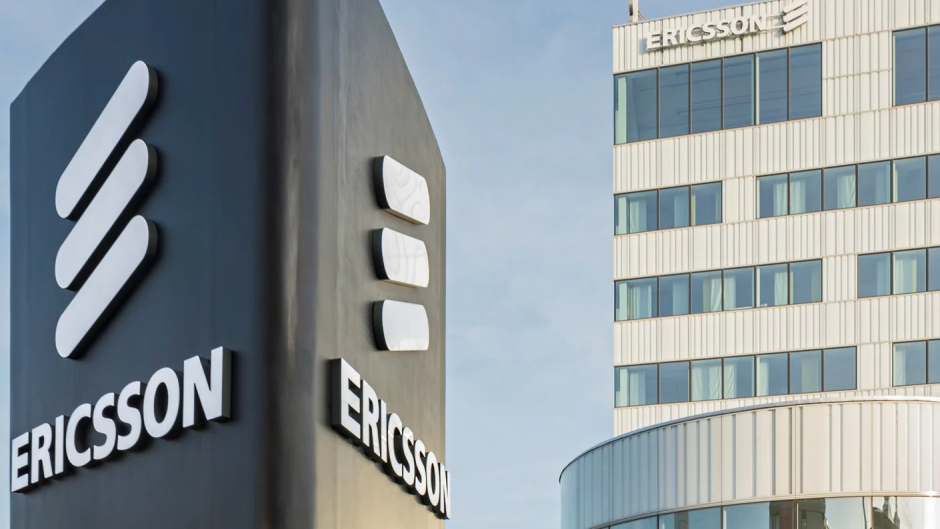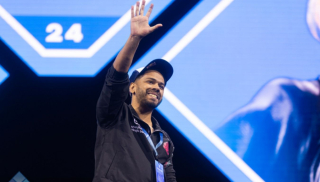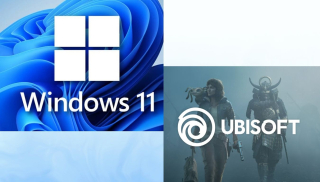Over the next five years, our world will experience significant changes. Just think how far we’ve come in the last five, with the development of highly efficient and powerful batteries, the booming popularity of electric vehicles, the adoption of new digital ways of collaborating, and the overall digitalization of society. These technologies and trends open new avenues of exploration and business.
Looking specifically at the trends of 5G, we see an uptake that is moving faster than that of 4G, following its launch over 10 years ago. This is in part thanks to the rich availability of 5G-enabled devices. By the end of 2027, as detailed in our Ericsson Mobility Report from November 2021, we forecast 4.4 billion 5G subscriptions, accounting for almost half of all mobile subscriptions in the world.
Already by the end of this year, we estimate there will be more than 660 million 5G subscriptions. A current focus area for service providers, beyond the gradual deployment of nationwide 5G coverage, is to prove and drive the value of 5G to consumers, motivating them to upgrade to 5G devices and 5G data plans. It’s encouraging to see that major service providers in leading 5G markets, such as China and South Korea, are now reporting a positive impact of 5G, in terms of increasing ARPU and overall service revenue.
5G brings capacity, performance, and efficiency
Core traits of 5G are capacity, performance, and efficiency – all of which boost business growth and lower overheads. Service providers are experiencing more than 50 percent yearly traffic growth in their mobile networks and having an efficient and high-performing delivery machine is essential to meet the growing demands. What’s more, 5G networks are delivering up to 20x higher speeds than 4G, ensuring the superior experience that users expect out of the new technology.
While most early adopters are satisfied with the network performance of 5G, around 70 percent express a degree of dissatisfaction with the levels of innovation provided with current 5G plans. 5G users want more apps and services that bring extra value into their lives. A positive aspect of high consumer expectations is the strong demand for mobile services. The challenge is of course to deliver upon these expectations, in a highly competitive and dynamic landscape. The only way to remain relevant is to act, starting to explore the new possibilities and services associated with 5G.
5G means (big) business
The promise of 30 percent revenue growth for service providers to capture between 2020 and 2030 requires them to take a proactive approach, focusing not only on network rollout but also on service innovation and value creation. True digital transformation means involving creative partners in the process, embracing new business models and ways of working. It means collaborating with the wider ecosystem to create appealing services for consumers in areas like gaming, sports, immersive media, education, and communications.
Many 5G services are already starting to materialize, leveraging the better performance and capacity of 5G. Mobile gaming and Fixed Wireless Access (FWA) are often referred to as two early 5G use cases, where the new, improved network capabilities will have a perfect fit.
Gaming today makes up 26 percent of all mobile media consumption hours – proving the near-term business opportunity for service providers. In the longer term, exciting new use cases like augmented, virtual, and extended reality (AR, VR, XR) will open the doors to additional audiences. Some 35 percent of non-gamers surveyed by Ericsson expressed an interest in AR gaming. In the 5G era, gaming offers service providers fresh opportunities for service bundling, value creation, and not the least, to boost the relevance of mobile connectivity.
Fixed Wireless Access allows consumers to get a broadband connection to their home, as an efficient, convenient, and competitive alternative to fiber. Almost 90 percent of service providers that have launched 5G also have an FWA offering. Accelerated by 5G, over 800 million people will get broadband access by 2027, through around 230 million FWA connections.
After gaming and FWA, we are likely to see more explorative services that will take more time and effort to develop. The combination of strengthened network capabilities and new device form factors will enable completely new experiences for consumers, innovative services that will make our everyday life easier and more exciting. Through engagements like Startup 5G and Ericsson D-15, Ericsson invites industry players to help bring new ideas to life:
- Rogers joining Startup 5G, bringing new 5G services to market
- Ericsson D-15 pushing the boundaries of 5G innovation
- Collaborating with Deutsche Telekom, for a lag-free 5G gaming experiences
- Vodafone improving the fan experience
- 5G in sports
- Accelerating broadband in Africa
The 100th Ericsson-powered 5G network now going live is an important milestone for our organization and the teams responsible for pushing the limits of mobile network performance and service development. This has been our business over the past 140 years and has no plans to slow down any time soon.












